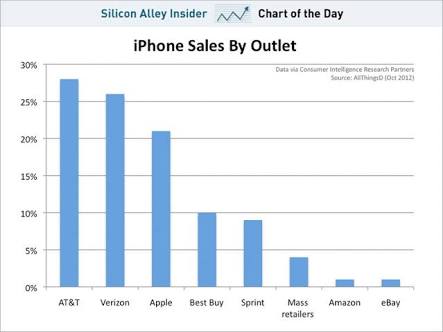The newest iPhone release was finally announced in September, and the public finally got a look at the three iPhones that had rumours circulating for months prior – the iPhone XR, XS and XS Max.
Apple always bring some ground-breaking tech with every new launch, and this year one of the standout additions was the new A12 chipset alongside a bionic sensor. Apple have also finally decided to get on board with dual SIM functionality, which is a feature that is particularly sought after in some countries. This year, the company is doing more than playing catch-up, leading the revolution in the dual SIM industry in another way – eSIMs.
Apple’s support for eSIMs
While this latest iPhone release might be the first time eSIMS make the general public take notice, they have been around for a while now. In fact, Apple have been including eSIMs in their iPads and watches for the last few releases.
People who have been using iOS systems for a while know that Apple puts a lot of thought into every addition it makes to its devices. Having researched and tested eSIM technology on other platforms, they have clearly determined that this is the best time to bring it to smartphones.
The eSIM offers the flexibility to change between numbers and carriers, without needing to change a physical SIM over each time. This has huge benefits for people who tend to shop around for the best phone plan, those who travel, and customers who have more than one phone number for personal or business reasons.
The iPhone with enabled eSIM will allow customers to have a single physical SIM from their main carrier, and use the eSIM to switch to any other available carrier that might be of benefit to them (assuming the phone is unlocked). Travelers will be able to take advantage of this by using the eSIM to connect to a plan in the country they are visiting, instead of having to use international roaming or trying to find SIM cards.
eSIMs are the next big thing
While the concept of eSIMs has been around for some time, it really needed a big company like Apple to start including them in their phones for the idea to truly take off. After the adoption by Apple, an estimated 420 million units will have started using this technology by the year 2022.
The Pixel 2 from Google does employ a similar technology, but they were unable to generate the hype that an Apple release automatically creates. Now, other manufacturers will be reluctant to get left behind. In a couple of years, we could see the likes of Samsung, LG, Huawei, HTC and OnePlus get on board.
Currently only ten countries have the infrastructure to support eSIM technology. These are Canada, Austria, Croatia, Czech Republic, Germany, Hungary, India, Spain, the UK and the US. A notable holdout here are other tech powers such as Japan, France, South Korea and China. With Apple eSIMs breaking the ice, other countries will be keen to get on board and offer similar technological advances for their citizens.
The case for carriers
Network operators have always been one of the major sales outlets for Apple devices, and with good reason. Due to the high price of their devices, mobile telcos are a popular choice to spread the cost of the device over a longer period, in return for signing a contract with that company and receiving a device that is locked to their network. However, those who would like to maximize the eSIM feature will have to go for an unlocked phone from the start.
eSIMs have taken a long time to hit the market, but now they’re here (and included on such a popular device) it’s likely the market will soon change to accommodate them. Apple are good at breaking the ice on new technology and they have enough customer pulling power that networks and other brands need to get on board or be left behind. If the full capabilities of the eSIM are realised, this launch might be the initial stages of a technological breakthrough that changes the way we view phone plans. For now though, we’ll have to wait and see.
